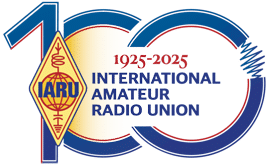This is a free fortnightly newsletter about the New Zealand Net. If you would like to be notified by email when a new edition is published, please contact ZL1NZ.
Browse our Newsletter Archive and List of Net Tips.
Featured key
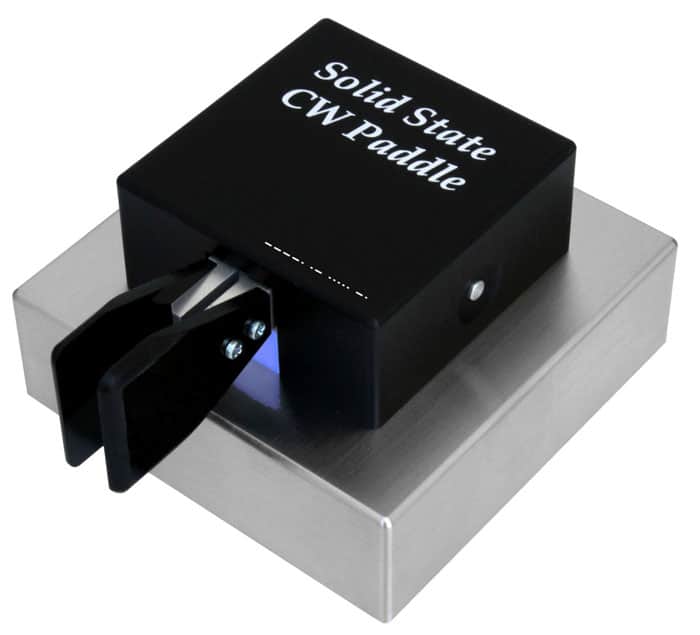
Twin-lever solid state paddles by 9A5N
Neno 9A5N in Croatia manufacturers two models of solid state paddles: the twin-lever model shown above (€255) and a similar-looking single lever model (€245). There is also a “custom” twin-lever model with narrower spacing of the finger pieces (POA).
Neno describes his paddles as having no moving parts, so I suppose levers isn’t the right word for their design. The paddles detect finger pressure and the sensitivity is adjustable via internal software. Although the key contains electronics, it still needs to be connected to an external keyer.
Users rate Neno’s paddles very highly for their smooth and silent operation. Read more at Neno’s website and be sure to check out the video later in this newsletter.
* If you have an interesting key for this feature, please send me a nice clear photo and a few words describing it.
Quick notes
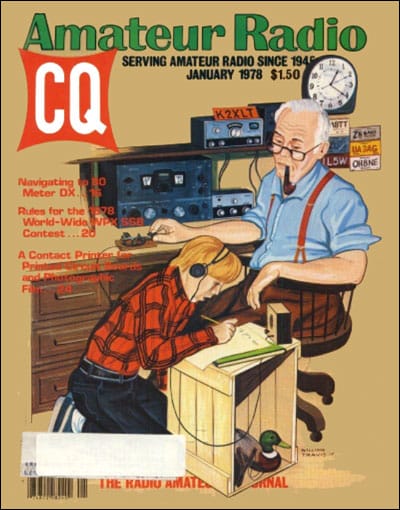 Straight Key Night is this weekend! Can we get all the NZ Net stations to pound some brass? I hope to hear you on Sunday 12 June, 0800-0900 UTC on 80m.
Straight Key Night is this weekend! Can we get all the NZ Net stations to pound some brass? I hope to hear you on Sunday 12 June, 0800-0900 UTC on 80m.
Congratulations to Graeme ZL2TE on achieving membership in NZ Net by completing his first 25 check-ins. See below for an updated map of NZ Net members.
Several readers have told me how much they enjoyed ZL2TE’s article about his old Post Office key in NZ Net News 81. I am hoping Graeme will write some more for us – but this is also an invitation to everyone to consider writing the occasional article. Feel free to contact me if you have an idea but aren’t sure whether it’s suitable or need some advice on writing it.
Do you know your Zedders from your Zedels? If not, continue reading to learn about these important bits of New Zealand CW history.
Photo flashback
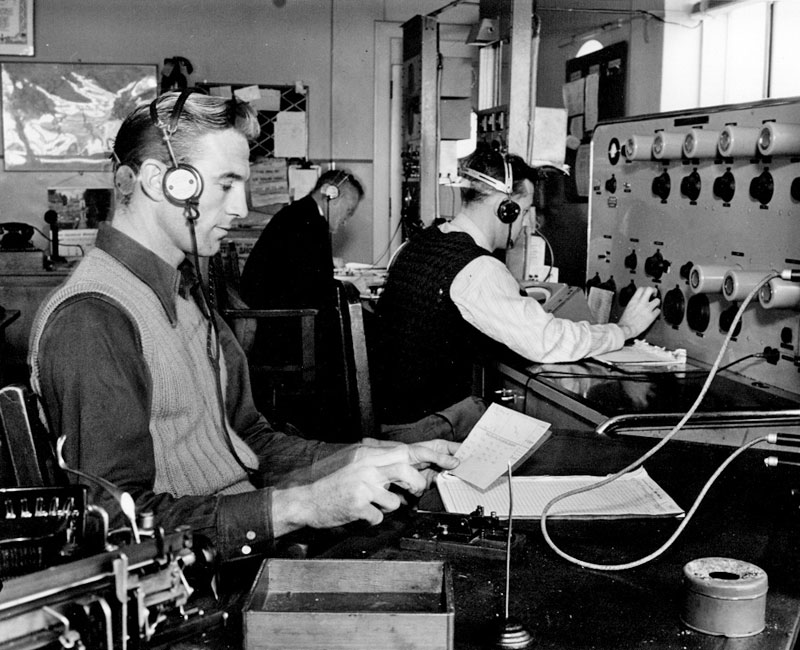
Operators at Auckland Radio ZLD, probably in the 1940s. L-R: Henry Putt (500kHz shipping), Norm Ashwell (aircraft watch), Jim Clark (Marconi MW Direction Finding). Courtesy Chris Underwood
This is one of my favourite ZLD photos – there is just so much going on! Did you notice that Henry is wearing TWO sets of earphones? This dedicated op is not going to miss a call on 500 while sending his traffic on the working frequency! 🙂
Net numbers
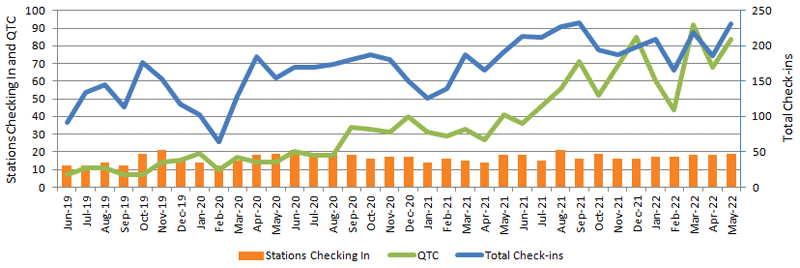
May was another strong month for NZ Net, with 231 check-ins. It was our second-highest month (we reached 233 in September last year). Nineteen stations participated in the net during May, despite a couple of our ‘regulars’ being unavailable.
The record for stations per session remains at 14, a number frequently matched but never beaten – so far.
NR18 R ZL1NZ 47/44 AUCKLAND 0900Z 1JUN22 = NZ NET = MAY QNI VK3DRQ 22 VK4PN 12 ZL1ANY 20 ZL1BWG 22 ZL1NZ 22 ZL1PX 7 ZL1RA 22 ZL1RD 4 ZL2GD 16 ZL2GVA 18 ZL2KE 10 ZL2LN 10 ZL2TE 14 ZL3TK 22 ZL4CU 2 ZL4FZ 1 ZL4KJ 2 ZL4KX 4 ZL4PO 1 TOTAL 231 QTC 84 = ZL1NZ
Precious NZ key discovered at Dayton Hamvention
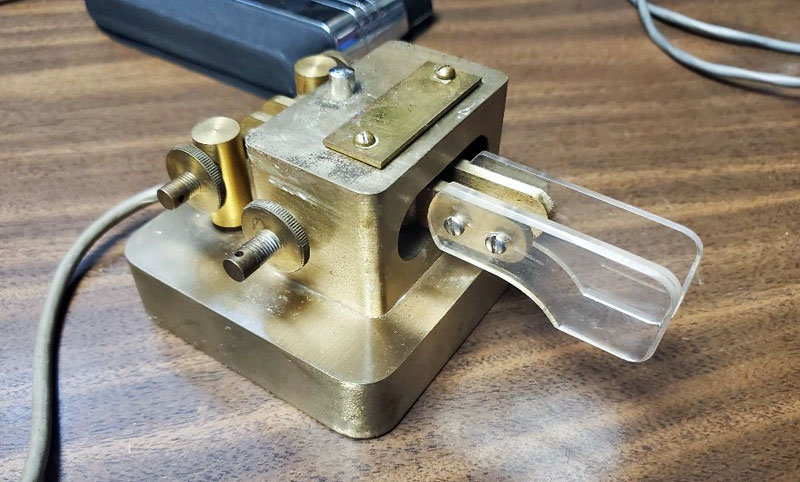
Imagine discovering these in a ham radio fleamarket! Photo: VE3MKX
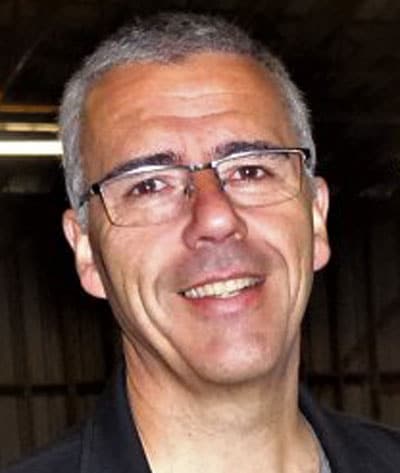
Mike VE3MKX
Photo: ONTARS Net
Mike Kassay VE3MKX, from southern Ontario, spotted an unfamiliar set of dual-lever paddles in the flea market at Dayton. He had no idea what he was looking at but – luckily for him – neither did the seller.
“I saw it, I bought it,” says Mike.
Even after getting his new purchase home to Coldwater, a village about 120km north of Toronto, Mike hadn’t noticed the model name stamped into the key’s bearing block, so he decided to post some photos of the paddles online, to see whether anyone could identify them.

In no time at all Mike discovered that he was the lucky owner of a rare and highly esteemed set of Zedder paddles made by Peter Byam ZL2JJ (SK). These paddles were described in an article by David ZL2WT, who knew Peter Byam, in NZ Net News 51.
Mike then found the name ZEDDER on his paddles, along with the serial number 011.
Given that Peter Byam probably made no more than about 20 of these keys, Mike has scored a very fine set of paddles as well as a great story to go with them.
“I guess I got a deal – $40 at Dayton,” says Mike.
The deal of a lifetime, some would say!
Discover more NZ-made keys at the NZ Morse Key Directory.
NZ Net Members Map
NZ Net is developing good coverage around the country, although we’re still missing some key locations (hello Wellington?). If you know an operator who could help us “fill in the gaps” please encourage them to check in.
Qualifying as an NZ Net member is easy: just make 25 check-ins during a 12-month period.

If you are an NZ Net member, you can download a badge to display on your webpage, qrz.com, etc., which will help promote the net.
Audio challenge
Your challenge this time is to tell me whose words these are. Kiwis of a certain age will recognise them straight away, but overseas readers should have no trouble finding the answer. Good luck.
You can send me your answer via radiogram or email.
Answer to previous Audio Challenge:
The two Chinese coast stations XSG Shanghai Radio and XSQ Guangzhou Radio were correctly identified by G4ETQ, VK3DRQ, ZL1ANY, ZL1AYN, ZL1BWG, ZL2GVA and ZL3TK.
Revisiting the Zedel, a keyer with character
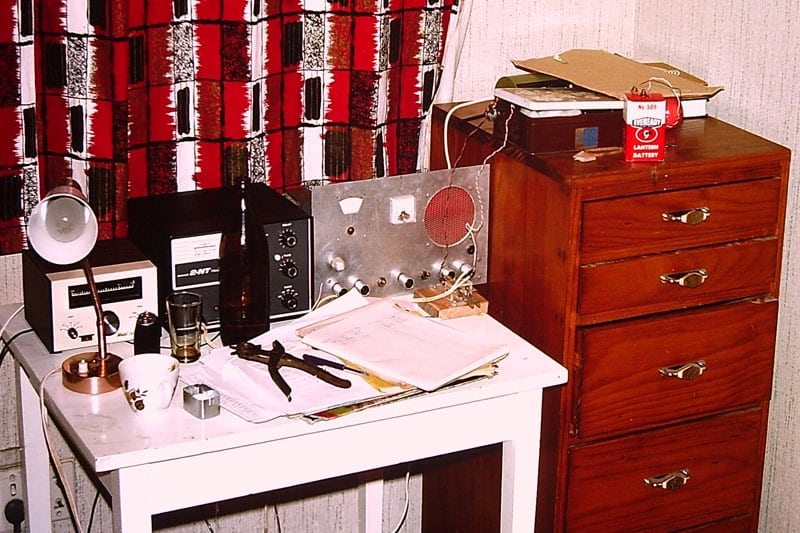
ZL2BGM in Gisborne, 1977. Peter’s first Zedel keyer was in the biscuit tin for RF shielding. The power supply was a flat 6V battery. The paddles were made from nail files with contacts off GPO relays.
By Peter VK3BGM (ex ZL2BGM)
I think it was Alan Dawson ZL2JZ who gave me the printed circuit board for a Zedel keyer in 1977. I was using a simple valve keyer at the time.
The original construction was unusual for the time as it was surface-mounted. Well, a crude attempt at surface mount.
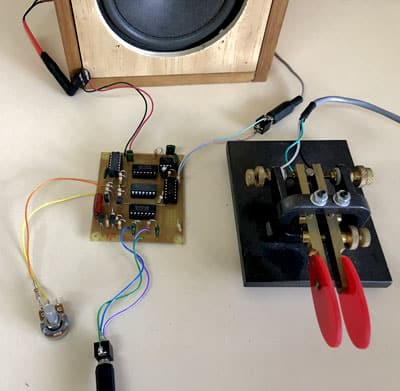
The new Zedel keyer and a copy of classic Brown Brothers paddles I made a few years ago
I contacted Lee Jennings ZL2AL in Napier and he sourced the article from Break In, written by Alan Dawson and Jamie Pye ZL2NN. He sent it to me with the comment “I don’t know why you want to make that.”
Using modern software I redrew the schematic and made a traditional through-hole PCB.
The keyer did not work at first. I found that the modern 74LS series of chips I used were a bit different to the original 74 series TTL chips. I had to remove some components to get it to work.
I tried the keyer out and found out it was difficult to use. The timing of paddles is critical. I have been spoilt by other keyers that will accept and remember the other paddle has been pressed.
Now I understand Lee’s comment!
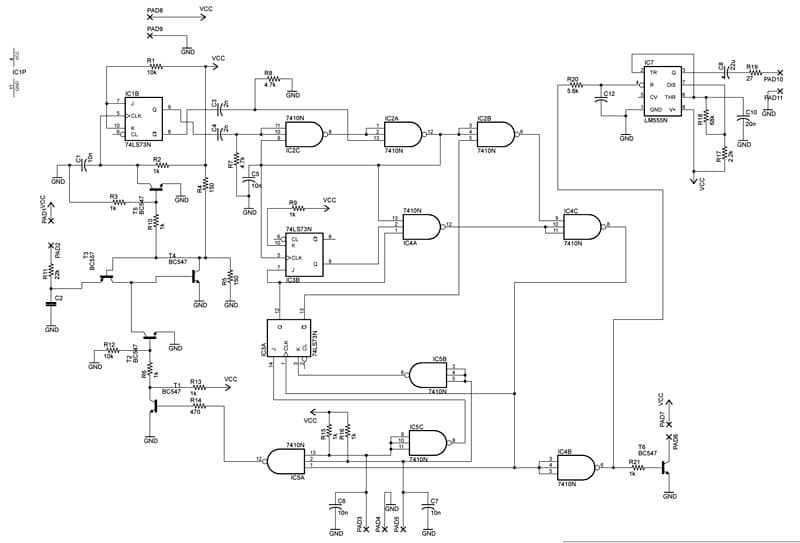
Zedel V6 schematic. Courtesy Peter Munro. Click for full size PDF.
Video: 9A5N twin-lever solid state paddles
Net tip: QNQ
Here’s a Q signal we haven’t used on the Net so far, but it could come in handy, so be prepared!
Suppose Net Control has asked two stations to QNY (move off frequency to pass traffic). While they are away, a third station checks in with traffic for one of the two that are already QNY.
Rather than wait for the first pair to return to the net frequency, and check in again (which could take awhile if there are lots of other stations checking in), Net control could ask the third station to go to the same QNY frequency, wait for the original pair to finish, and then pass their traffic.
For this to work, the third station has to QNY promptly and call their station the moment the first pair have finished and before they have left the QNY frequency. (It would help if stations, when finished with their QNY traffic, would pause for just a couple of seconds in case someone else has been sent to join them.)
The signal for this arrangement is QNQ, and here is an illustration:
Net Control: ZL1ANY PSE QNY U5 ZL1RA ZL1ANY: R ZL1RA: R ZL2GVA: VA Net Control: VA ZL2GVA: DE ZL2GVA GE QTC1 ZL1ANY K Net Control: ZL2GVA R PSE QNQ U5 ZL1ANY ZL2GVA: R
When ZL1ANY and ZL1RA have finished, ZL2GVA would immediately call ZL1ANY:
ZL2GVA: ZL1ANY DE ZL2GVA QTC1 QRV?
ZL1RA would return to net frequency while ZL2GVA sends his traffic to ZL1ANY.
Advertising archive
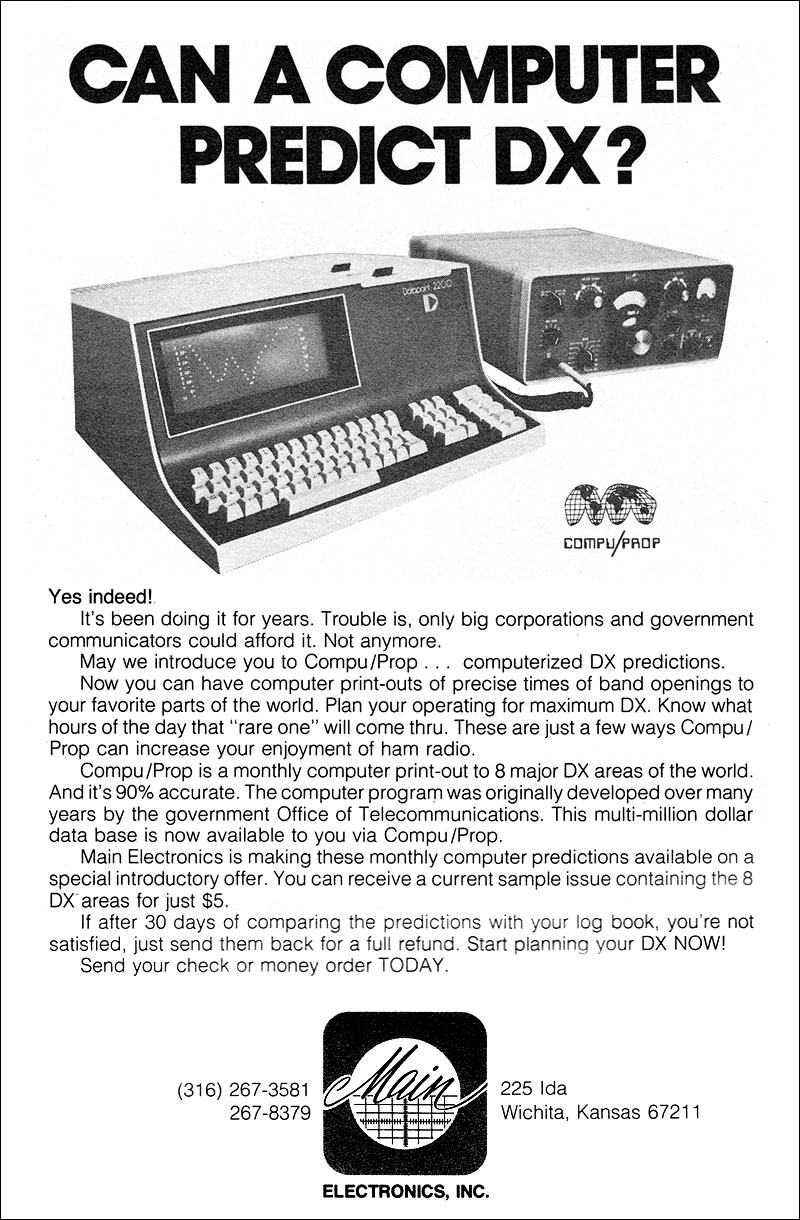
I wonder if these folks ever imagined that one day computers would talk to each other via amateur radio while the hams were asleep! QST magazine, June 1976
Suggestions?
If you have suggestions on how to make the NZ Net better, or things you’d like to see covered in these updates, please contact ZL1NZ. You might even like to write something for the newsletter.
Thanks for reading, and I hope to hear you soon on the NZ Net!
—
Neil Sanderson ZL1NZ, Net Manager
New Zealand Net (NZ NET)
3535.0 kHz at 9pm NZT Mon-Fri



